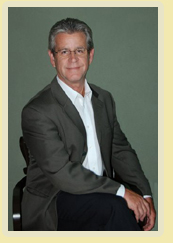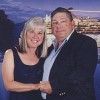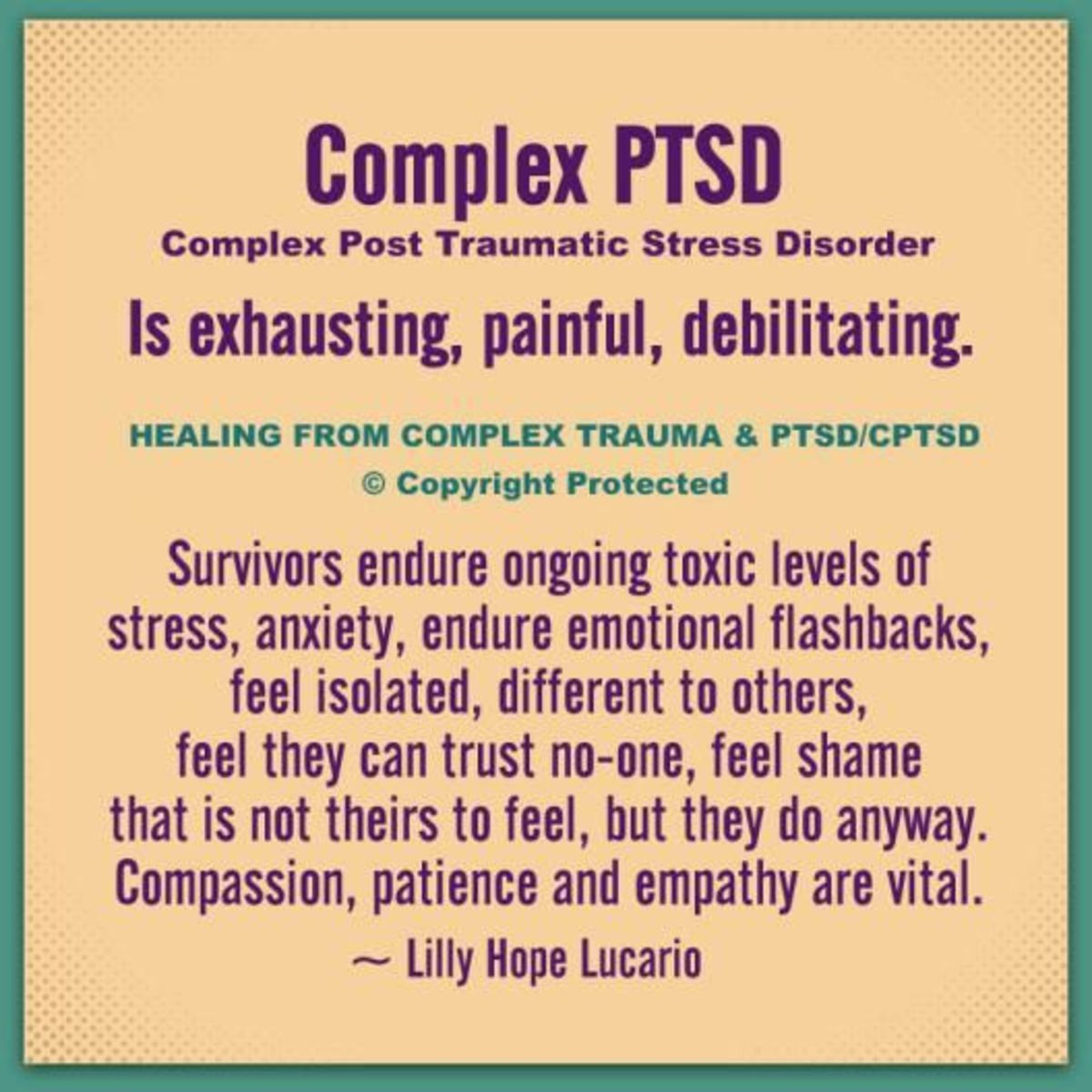Nurses and PTSD: Interview With Dr. Bill Tollefson
Nurses at Increased Risk for PTSD
Many nurses associate the term Post Traumatic Stress Disorder (PTSD) with combat trauma, but other kinds of trauma can cause PTSD including being physically or sexually abused as a child or adult, witnessing the aftermath of violent attacks, or witnessing the aftermath of catastrophic events such as hurricanes, earthquakes and tsunamis. Among health care workers, nurses, especially those who work in the emergency room, experience the highest rates of work place violence which is another exposure that may lead to PTSD. (Violence Against Nurses and its Impact on Stress and Productivity http://www.ncbi.nlm.nih.gov/pubmed/21667672 )
Despite their increased risk of developing PTSD, most nurses are more adept at recognizing signs and symptoms of this disorder in their patients, family members and friends, than at recognizing it in themselves or co-workers. Even when a nurse recognizes that she is exhibiting symptoms, she may not seek treatment for fear of being stigmatized or viewed as being unable to handle the stress of her job.
In his editorial article, PTSD in Nurses: On-the-job Trauma may be Driving Nurses from the Profession, Thomas Schwartz, RN, states that a nurse’s seeking help when experiencing PTSD should not be viewed as personal weakness, nor should it be seen as dangerous to one’s career. Some nurses become quickly overwhelmed by distress and leave their jobs, while others stay for decades, seemingly emotionally undaunted. Somewhere in the middle of those extremes are nurses who may be burned out but functional. Such nurses are unaware of-- or deny—signs of PTSD and suffer physical effects such as headaches, stomach problems, insomnia, eating disorders, and addictions that may be secondary to undiagnosed and untreated PTSD.
The following scenario titled, Nurse Kathy’s Story, shows how PTSD can be easier to recognize in others, than in oneself. It will be followed by an interview with William Tollefson, PhD., known as Dr. Bill to his clients and colleagues. In his book, Separated From the Light: A Path Back from Psychological Trauma, Dr. Bill, clearly describes the effects that abuse, combat, overwhelming stress events or traumatic life experiences has on humans. He has graciously agreed to share his expertise and will use Nurse Kathy’s experience to explain what traumatic memories, flashbacks and triggers are, and how treatment can help reduce the intensity of flashbacks and achieve closure of the associated emotions.
Nurse Kathy's PTSD Story
Kathy Smith, RN saw her father severely beat and almost strangle her mother to death when she was 5 years old. Because her mother survived the attack and divorced her father Kathy did not believe this incident had any long term effect on her. When she was 22 she married an Iraq war veteran. One night she got up to go to the bathroom and upon returning to bed her husband Sam lunged toward her, grabbed hold of the neckline of her nightgown and snarled, “Don’t move or I’ll kill you.” Then, as quickly as he’d lunged at her, Sam released his hold and fell back to sleep. Although Sam had no memories of the event the next morning, he cautioned her to never sneak up on him again because it triggered flashbacks to his combat experiences. Thus began Kathy’s feeling of walking on eggshells in the household, fearing that doing the wrong thing could trigger a violent response in her husband.
Although he never threatened her again, by the time their son was born, Sam was exhibiting increasing signs of PTSD including frequent nightmares, flashbacks, inability to hold a job, increased startle reflex and emotional numbness. Kathy finally convinced him to get counseling through the VA by making it clear she could no longer go on living the way they had been. Sam’s psychological symptoms improved but he suffered a heart attack and after recovery continued to have unstable angina. By then Kathy’s fulltime job as a community health nurse made her the main bread winner and she had difficulty relaxing at home and was exhausted all the time.
One day while on a homecare visit to a female patient who had a 4 year old child, Kathy’s patient disclosed that her ex-husband had just left the apartment after holding the family hostage for 2 days. The patient also admitted she had been beaten and raped at knifepoint in front of her young daughter.
Recognizing that her patient and the patient’s daughter had been traumatized and endangered, Kathy advised the patient she would have to report the incident to her doctor and to child protective services and that she would also get an order for a psychiatric social worker to provide counseling.
Kathy was badly shaken by the patient’s revelations and realized her own life could have been endangered if the abusive ex-husband had still been holding the family hostage when she’d arrived. After this incident, Kathy began having intrusive flashbacks to the time she’d witnessed her father beating her mother and she felt increasingly fearful in her own home.
One final event made Kathy realize she needed to seek psychiatric treatment for herself. She arrived at her homecare office for report and learned that a co-worker had suffered a stroke and the co-worker’s husband (who had a history of violence) had threatened to kill their supervisor because he felt his wife’s stroke had been caused by the heavy work assignments.
Kathy was terrified that even though the office doors were locked, the angry husband might burst into the office at any moment. After getting report she quickly left to visit her first homecare patient who lived in a high crime, inner city neighborhood. Although she’d made home visits in neighborhoods like this many times, things seemed different today because her fear was so acute. She felt nauseous, shaky and had difficulty concentrating as she climbed the dark narrow stairway up to the third floor. She barely got through the visit, and when she got back to the car she knew she couldn’t keep on like this anymore and resolved to make an emergency appointment with a therapist. She was diagnosed with PTSD and depression.
Photo: Dr. Bill Tollefson

Separated From the Light: A Path Back From Psychological Trauma
Dr. Bill's book, Separated From the Light : A Path Back from Psychological Trauma puts forth his theories and principles for stopping the haunting memories from the experience of trauma and abuse.
- This is a must read for individuals who have experienced traumatic or abusive life events.
- It offers common-sense theory explaining what a human being does in reaction to trauma and suggests a path to recovery.
- The book can be purchased by clicking on the highlighted link in this box.
Interview With Dr. Bill Tollefson
Dr. Bill is a well known expert on the effects of abuse, combat, human behavior, stress, and trauma. He has traveled both nationally and internationally educating other professionals on the effects of PTSD and Stress disorders and has developed highly effective and simple life coaching skills to help individuals perform more effectively. Dr. Bill has CD’s and DVD’s for both survivors and professionals that teach his principles and procedure for his widely successful and ground-breaking Rapid Reduction Technique (RRT). He shares his expertise with us in the following interview:
1. Using Nurse Kathy as an example, can you explain how the brain works with traumatic memory? When the brain is faced with an intense overwhelming life event, like Nurse Kathy had when she witnessed the life-threatening abusive attack on her mother, the processing of the event is put on hold and hidden from consciousness for protection. The recorded event is then held in a temporary location where it remains unprocessed for months, or as in Nurse Kathy’s case, years until something triggers it to resurface.
2. Can you explain what a trigger is? Triggers are any event, person, smell, thought, or place that initiates a reaction or sets off another. The trigger brings the memory out of hiding and back into consciousness with all its intensity in an attempt to make emotional closure and integrate it into long-term storage. If the memory isn't processed, i.e. if it’s rejected or repressed, it’s then forced back into temporary storage.
3. Can you explain what a flashback is? It’s the resurfacing of an unprocessed traumatic memory. When Nurse Kathy heard her patient describe how she’d been abused in front of her child it triggered a flashback in Kathy about her own mother’s abuse that had occurred in front of her.
4. Are there any techniques or skills that can help reduce the effects of traumatic flashbacks and memories? Yes. A guided protocol called Rapid Reduction Technique (RRT) was developed to reduce the effects of traumatic flashbacks and memories for women who have experienced abusive and traumatizing life events. RRT, which has been used and studied for 10 years, has been successful in helping survivors reduce the intensity of the flashbacks and achieve closure with the associated emotions. This facilitates storage of the traumatic event into long-term memory.
5. Would Nurse Kathy benefit from RRT? Most likely she would. RRT is a teachable and safe skill which works on one memory at a time and it’s based on revisiting traumatic or abusive life events, not reliving or re-experiencing them. It’s a stress management skill that helps a person to reset and heal the traumatic flashback.
6. Could Nurse Kathy’s husband benefit from RRT? Most probably yes as RRT was redesigned to be used with combat veterans. This version is called V-RRT and helps combat veterans reduce the intensity of their flashbacks by helping them process the images, smells and sounds they experienced in combat. V-RRT is a teachable and safe stress management method which works on one battlefield memory at a time. Both RRT and V-RRT teach survivors to bring a reoccurring flashback up to consciousness safely, work with the associated emotions, re-write the content and assist the brain in processing the memory into storage.
7. Are military nurses and/or nurses who work in civilian trauma units and emergency rooms at increased risk for developing PTSD? Yes, as are those who care for the wounded after catastrophic events such as hurricanes, earthquakes and tsunamis.
8. You are a certified life coach and offer phone consultations to coach and teach individuals to take back their freedom from past events of trauma and abuse and move forward. How can readers learn more about your coaching sessions, coaching tools, book, CD’s and DVD’s?They can visit my website, William Tollefson, Ph.D. Life Coach, Author and Speaker at: http://www.drbilltollefson.com/, email me at TollefsonEnterprises@gmail.com or call me at 239-349-2209.
Dr. Bill's Hub Pages Profile Link
Summary
Nurse Kathy’s story illustrates how our work experiences, especially when combined with a stressful home situation and previous exposure to trauma, can trigger PTSD symptoms in ourselves, yet we may be so busy focusing on our patients and our families that we fail to recognize our own emotional vulnerability and symptoms until they've reach the point of near incapacitation. All nurses need to be aware that their jobs may put them at risk for developing PTSD and should seek treatment if they suspect they may have PTSD.





